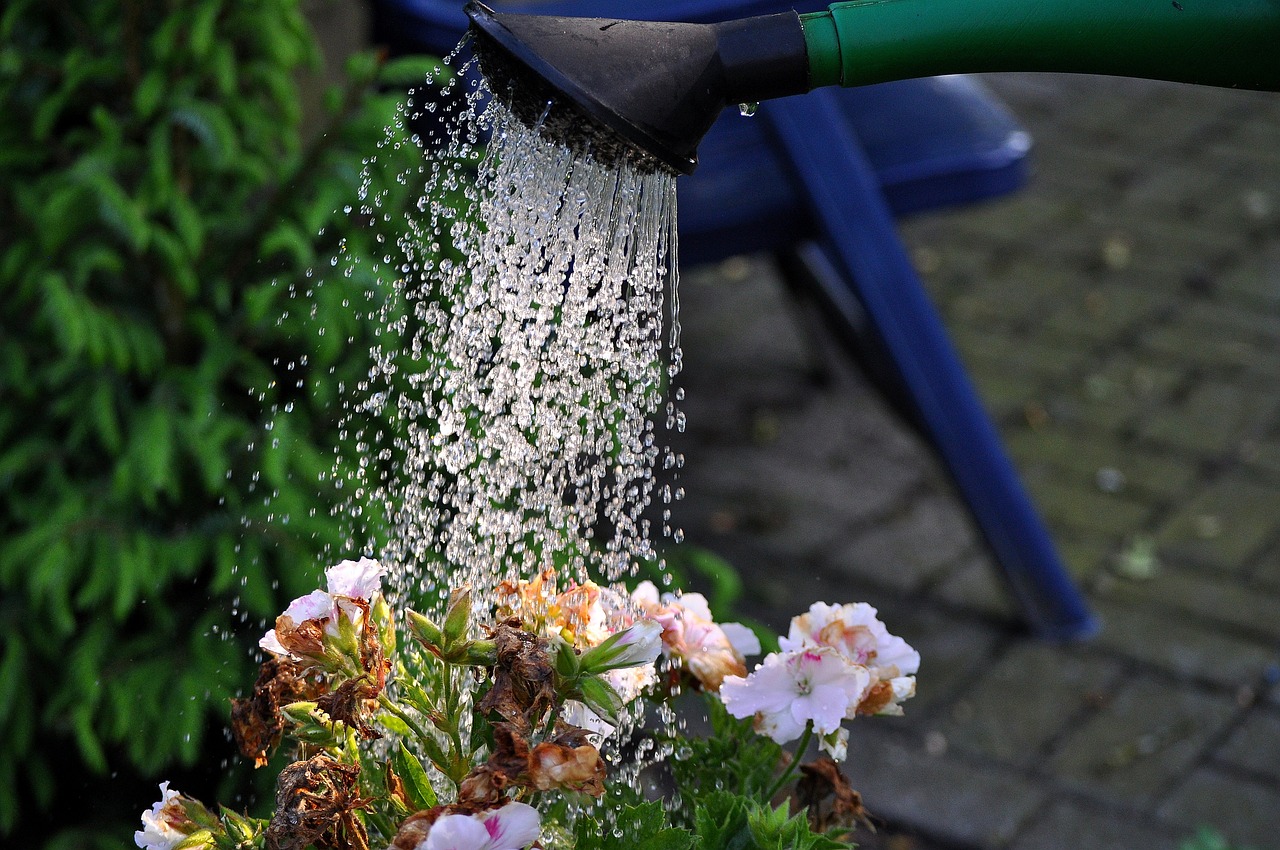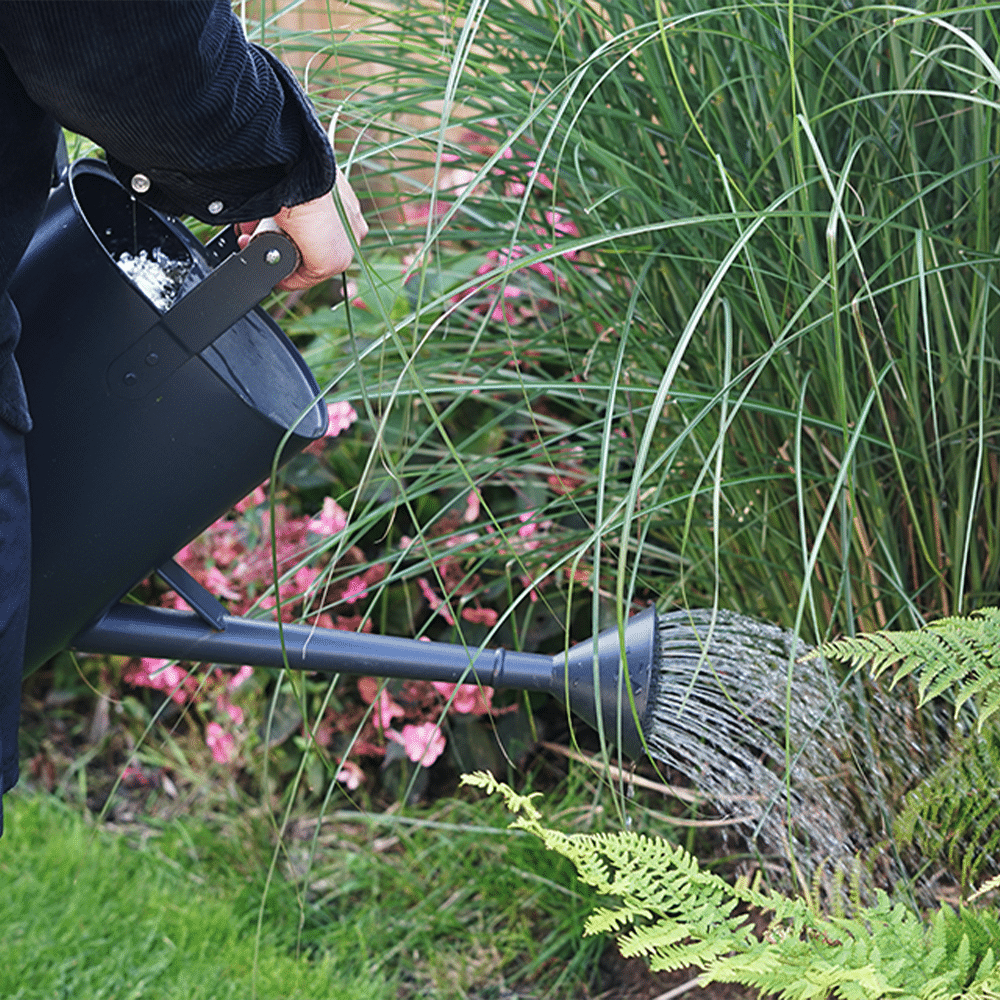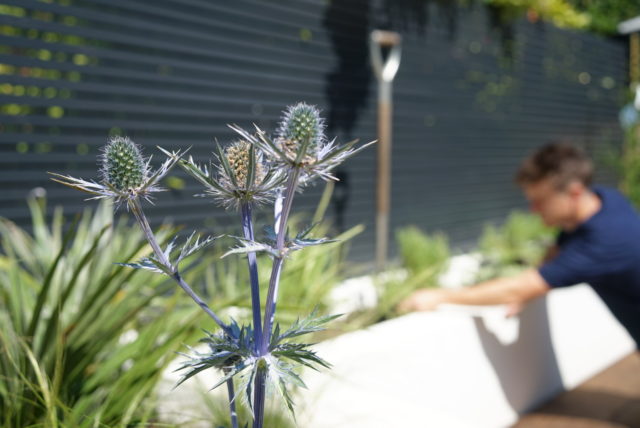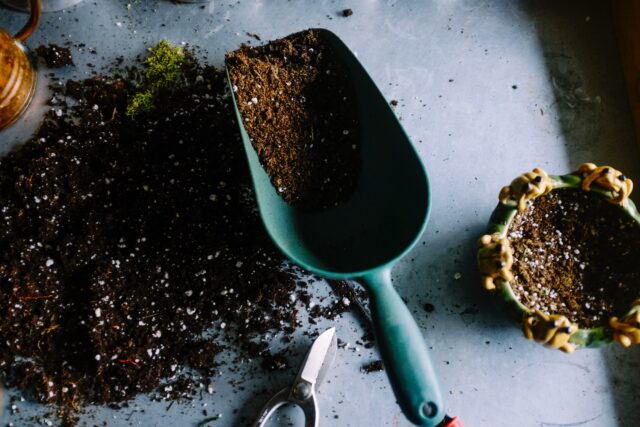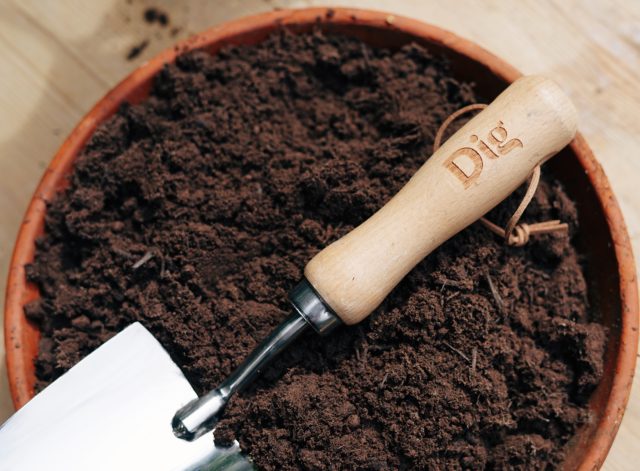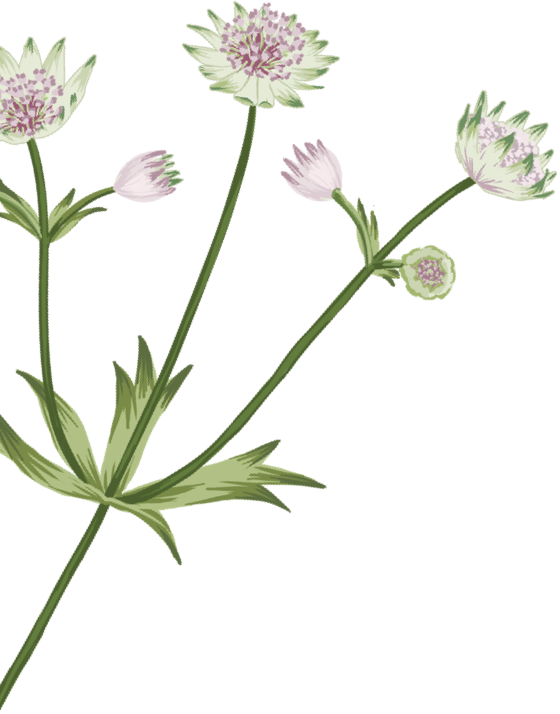Plants will often tell us when they need watering and there are signs that you can look out for, but, to avoid your garden ever needing to tell you that it needs a drink, there are some basic principles you can follow to keep your garden looking resplendent, especially in the summer months.
Avoid watering during the heat of the day
If possible, water your garden first thing in the morning before the day warms up, or in the evening once it’s begun to cool down. This helps to ensure that as much of the water as possible stays in the ground and on the roots of your plants. The hotter the weather, the more water will evaporate and become useless.
Water the base of your plants as much as possible
For the same reasons, try to water directly onto the soil rather than onto the top of your plants. Water on leaves is more likely to evaporate than it is to trickle down to the base of the plant, especially on a hot day.
More is more
Generally speaking, try to avoid giving your plants a light sprinkling of water. Better to give them a good soak every couple of days (especially in warmer weather) than a quick splash every day. There is no precise science to this, but if the soil looks nice and damp, and doesn’t dry out quickly, you’ve probably done a good job. Again, this helps water to become less likely to evaporate and more likely to reach the roots of the plants where it’s needed. Be careful not to overwater and saturate the soil though – not only could this eventually damage the plants, but also wastes valuable water. The general rule of thumb is that if you touch the soil and it feels damp, you can probably leave it a day or two… but probably not a week.
You’ll get the hang of it, we promise.
Waste not want not
It’s fairly common knowledge amongst gardeners that saving water wherever possible is vitally important. Water usage in the UK is high, and only set to get higher, so we should be doing everything we can to use water sensibly. Below are a few starters for ten on how to avoid wasting water, whilst also keeping your garden looking great.
Use a watering can
It might sound simple, but using a watering can, rather than a hose, can save a huge amount of water as it focuses your watering and reduces any risk of superfluous spraying.
Use a hose attachment
If you do use a hose (and of course, in many cases, hoses are completely necessary) make sure to use an attachment that allows you to stop the flow of water, and use a much more efficient shower function rather than a dramatic torrent. Better for the plants, better for your water bill.
Get a water butt
Storing rain water in a butt is not necessarily the first priority people think of when planning out their garden, but the amount of rain water than can be harnessed for plants using a butt will surprise you. If you can, it’s a great investment. There are even get some pretty trendy ones nowadays.
Warning Signs
If, for one reason or another, you haven’t been able to water as regularly as you’d like, there are some warning signs to look out for which mean it’s probably time to fire up the watering can. Over time, noticing these will become second nature but we’ve included a few below to get things going – they aren’t comprehensive, but will get you off to a good start:
- Dry, cracked soil
- Wilting leaves
- Brown, curled edges to leaves
- Entire plants wilting
The good news is that, if you notice any of these things, you can usually bring the plant back to full health. Plants are resilient things more often than not, and the more time you spend tending them the more you’ll get accustomed to knowing what they’re after, and when.
And, (if you’re really stuck), you can always give our customer services team a shout at hello@digclub.co.uk
